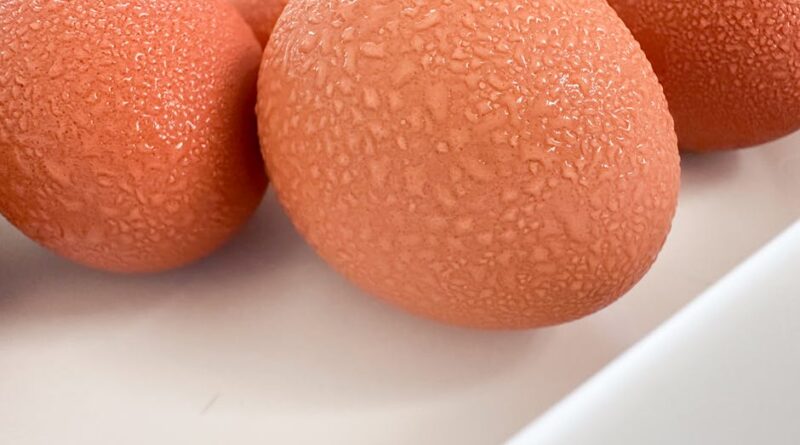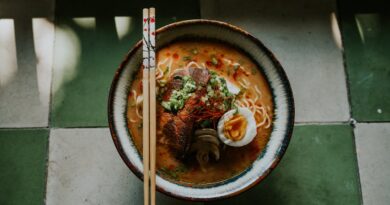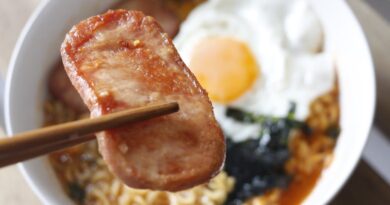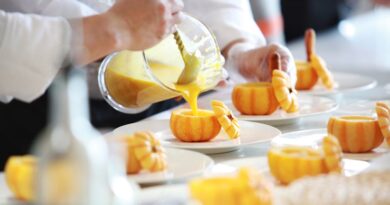Mastering Food Photography: A Comprehensive Guide
Food photography has become increasingly popular in recent years, with platforms like Instagram and Pinterest showcasing stunning images of delectable dishes that not only look appetizing but also tell a story. Capturing the perfect shot of food requires a unique set of skills, from understanding lighting and composition to styling and editing. In this comprehensive guide, we will delve deep into the art of food photography and explore the techniques and tips to help you master this craft.
The Importance of Food Photography in the Digital Age
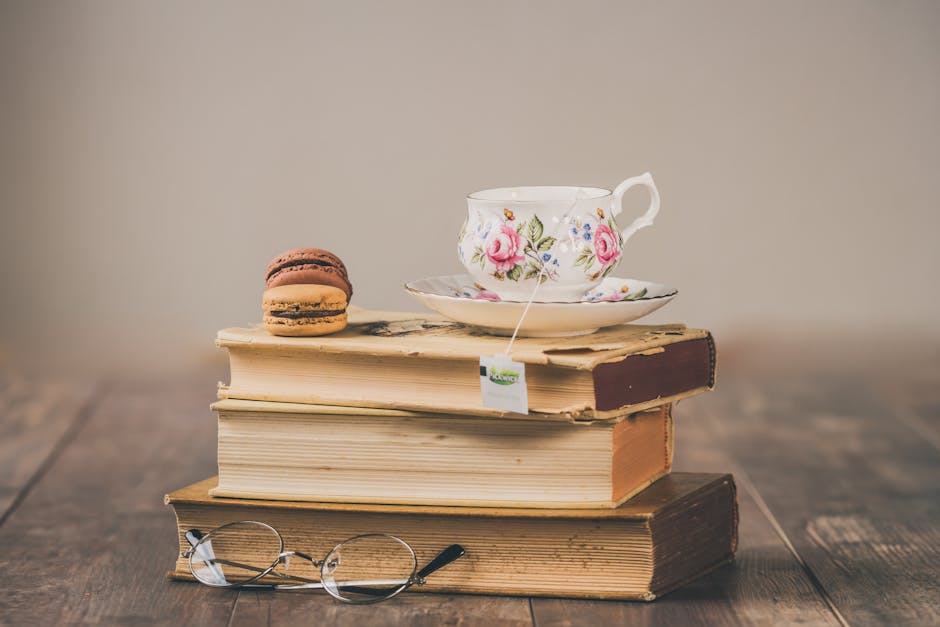
In today’s digital age, where social media plays a significant role in how we perceive and consume food, high-quality food photography has become more important than ever. Whether you are a professional food blogger, a restaurant owner, or a home cook looking to showcase your creations, the ability to capture mouth-watering images of food can make a world of difference in how your audience engages with your content.
Food photography goes beyond just taking pictures of what’s on the plate; it involves telling a story, evoking emotions, and creating a visual experience for the viewer. A well-executed food photograph can make the viewer crave the dish, appreciate the chef’s skills, or even transport them to a different time or place.
Understanding the Basics of Food Photography
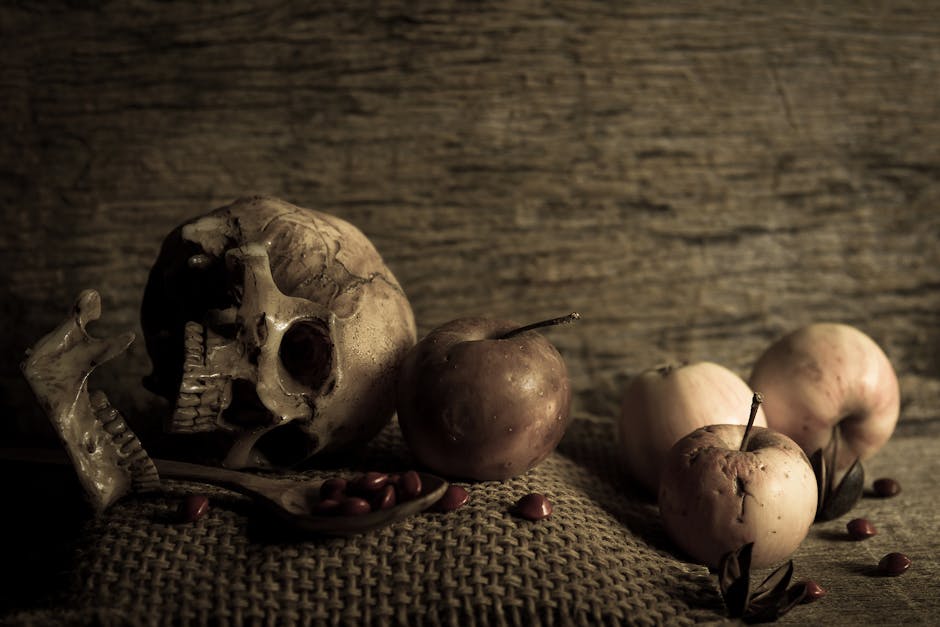
Before diving into the intricacies of food photography, it’s essential to understand the basic principles that form the foundation of this art form. From lighting and composition to styling and editing, each element plays a crucial role in creating compelling food images.
Lighting
Lighting is perhaps the most critical aspect of food photography. The way light interacts with the food can make or break a photograph. Natural light is often preferred for food photography as it tends to be softer and more flattering. When shooting indoors, place your subject near a window or use diffused artificial light to create a natural-looking glow.
Experiment with different angles and intensities of light to see how they affect the shadows and highlights on the food. Reflectors can also be used to bounce light back onto the subject and fill in shadows for a more balanced look.
Composition
Composition refers to how the elements within the frame are arranged to create a visually appealing image. When it comes to food photography, composition plays a crucial role in drawing the viewer’s eye to the main subjectthe food itself.
One popular composition technique in food photography is the rule of thirds, where the frame is divided into a 3×3 grid, and the main subject is placed along the intersecting lines. This helps create a sense of balance and visual interest in the image.
Experiment with different angles, perspectives, and props to create dynamic compositions that highlight the textures, colors, and shapes of the food. Don’t be afraid to play around with negative space to draw attention to the main subject.
Styling
Styling is another essential aspect of food photography that can elevate the visual appeal of the dish. Pay attention to details like garnishes, utensils, and props that complement the food and enhance the overall composition of the image.
When styling a dish, consider the colors, textures, and shapes of the ingredients to create a visually pleasing arrangement. Use fresh herbs, sauces, or edible flowers to add a pop of color and freshness to the dish.
Keep in mind that less is often more when it comes to styling. Avoid overcrowding the frame with too many elements, as this can distract from the main subject. Focus on highlighting the hero ingredients of the dish while keeping the styling simple and elegant.
Advanced Techniques in Food Photography
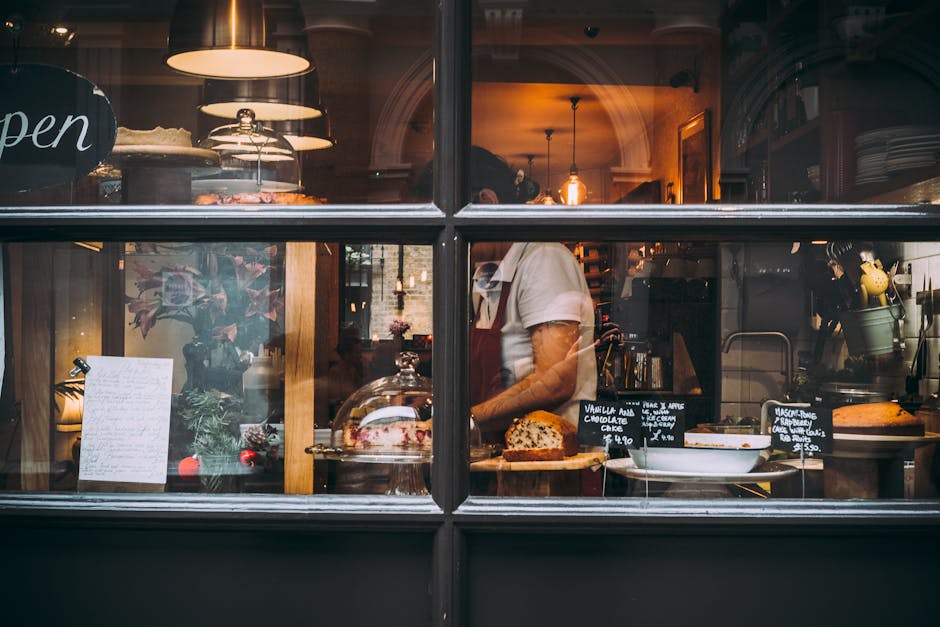
Once you have mastered the basics of food photography, you can start experimenting with more advanced techniques to take your images to the next level. From capturing motion and action shots to playing with depth of field and perspective, there are endless creative possibilities to explore in food photography.
Capturing Motion
Capturing motion in food photography can add a sense of dynamism and excitement to your images. Whether it’s pouring a sauce over a dish, sprinkling herbs, or cutting into a cake, capturing these moments of action can create a sense of movement and energy in the photograph.
To capture motion effectively, use a slow shutter speed and a tripod to keep the camera steady. Experiment with different shutter speeds to see how they affect the motion blur in the image. This technique can help create a sense of storytelling and engagement in your food photos.
Playing with Depth of Field
Depth of field refers to the range of distance in the image that appears sharp and in focus. By playing with depth of field, you can draw attention to specific elements of the food while blurring out the background for a more artistic effect.
Use a wide aperture (such as f/2.8 or lower) to create a shallow depth of field, which will blur out the background and emphasize the main subject. This technique is particularly effective for highlighting details like textures, colors, and shapes in the food.
Experiment with different apertures and focal lengths to see how they affect the depth of field in the image. Keep in mind that the depth of field can also be influenced by the distance between the camera and the subject, so play around with different angles and perspectives to achieve the desired effect.
Exploring Perspective
Perspective plays a significant role in how the viewer perceives the food in the photograph. By changing your vantage point and exploring different perspectives, you can create unique and engaging compositions that capture the essence of the dish.
Try shooting from different anglestop-down, eye-level, or even from belowto see how they affect the composition and storytelling of the image. Each perspective offers a different view of the food and can evoke different emotions in the viewer.
Experiment with unconventional perspectives and angles to create visually striking compositions that stand out from the crowd. Don’t be afraid to get creative and think outside the box when it comes to exploring perspective in food photography.
Expert Opinions on Food Photography
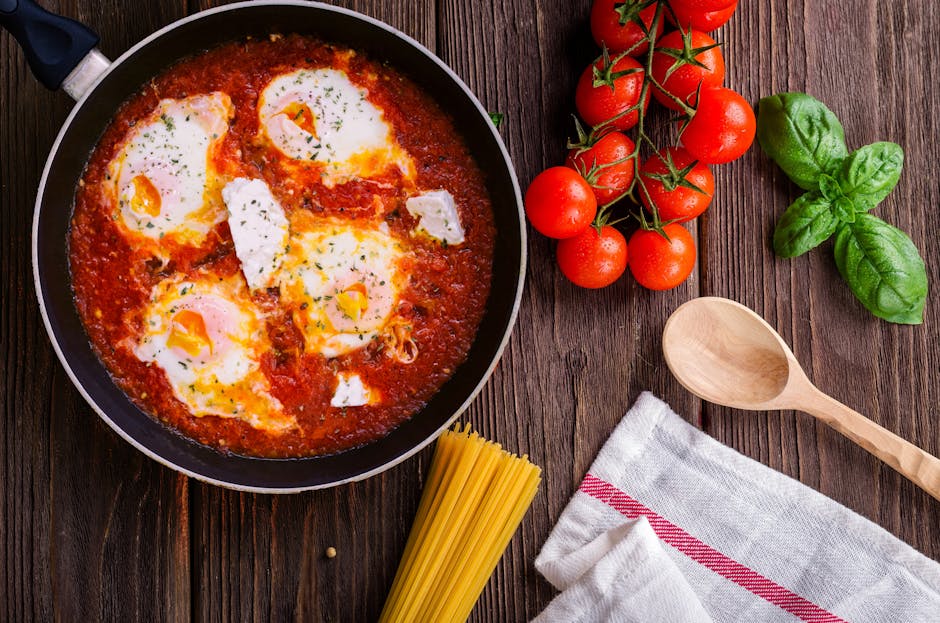
We reached out to several food photographers and stylists to gather their insights and expert opinions on mastering food photography:
Alice Gao, Food Photographer
“Lighting is key when it comes to food photography. I always prefer natural light for my shoots as it creates a soft and flattering glow on the food. Experiment with different angles and intensities of light to see what works best for your subject.”
Sophie Liu, Food Stylist
“Styling is all about enhancing the beauty of the food without overpowering it. Keep it simple and let the ingredients speak for themselves. Pay attention to details like garnishes, textures, and colors to create a visually appealing composition.”
Maxwell Johnson, Food Blogger
“Composition is crucial in food photography as it helps guide the viewer’s eye to the main subject. Experiment with different angles and perspectives to create dynamic compositions that highlight the textures and colors of the food. Don’t be afraid to get creative and play around with negative space.”
Common Misconceptions About Food Photography
Despite the growing popularity of food photography, there are still several misconceptions and myths surrounding this art form. Let’s debunk some common misconceptions about food photography:
Misconception: You need expensive gear to take good food photos.
While having high-quality camera equipment can certainly enhance your food photos, it’s not a necessity. Many smartphones today have impressive camera capabilities that can produce stunning images. Focus on mastering the fundamental principles of lighting, composition, and styling before investing in expensive gear.
Misconception: Food photography is all about Photoshop and editing.
While editing is an essential part of the food photography process, it should not be relied upon to fix poorly shot images. The goal of food photography is to capture the beauty of the dish in-camera, using editing as a tool to enhance, not rescue, the image. Focus on honing your photography skills before delving into advanced editing techniques.
Conclusion
To wrap things up, mastering food photography is a multifaceted process that involves a deep understanding of lighting, composition, styling, and editing. By honing your skills in each of these areas and experimenting with advanced techniques, you can create stunning images that captivate and engage your audience.
Whether you are a professional food photographer or a passionate home cook looking to share your culinary creations with the world, the art of food photography offers endless opportunities for creativity and self-expression. Remember to stay true to your unique style and vision, and don’t be afraid to push the boundaries of traditional food photography.
So, grab your camera, gather your ingredients, and start exploring the art of food photography. With practice, patience, and a keen eye for detail, you can master the craft of capturing mouth-watering images that not only showcase the beauty of the dishes but also tell a compelling visual story.

